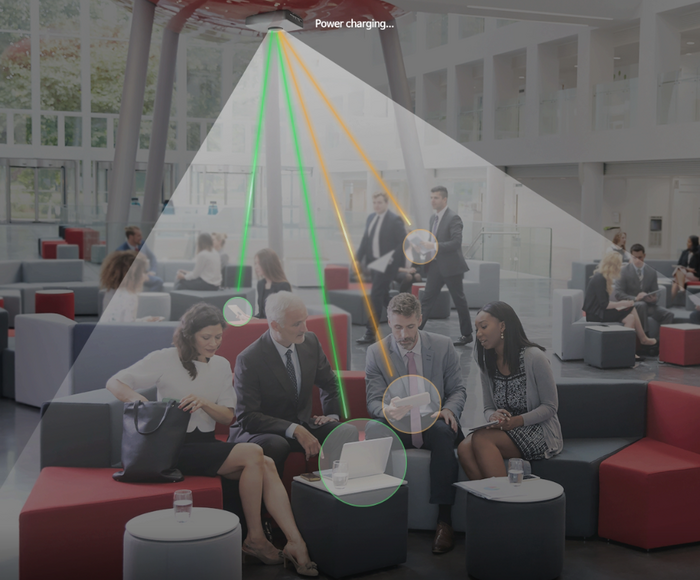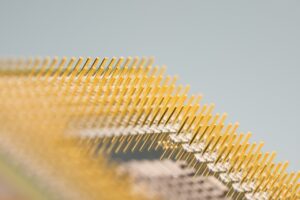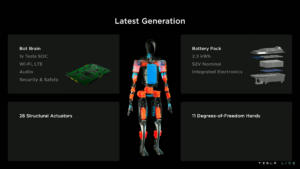
Seoul (South Korea) Inductive charging systems for smartphones, smartwatches and other devices have enabled charging without a charging cable for several years. So far, however, the smartphone has to be positioned on or at least in the immediate vicinity of the charging station.
According to a publication in the specialist journal Optics Express (doi: 10.1364/OE.468766), scientists at Sejong University have now developed an infrared laser that can transmit electricity over significantly longer distances.
An infrared laser can charge smartphones wirelessly over a distance of 30 meters. The system’s wavelength of 1,550 nanometers is harmless to humans, even if the laser hits an eye.
Devices that have a corresponding receiver module can thus be charged wirelessly over several meters. All that is required is direct visual contact between the receiver and the infrared laser beam. If the line of sight between the transmitter and receiver is interrupted, the system automatically switches to a safe energy transmission mode.
In experiments, the new technology was able to transmit electricity wirelessly over a distance of 30 meters. According to Jinyong Ha, the system will power different devices in the future.
To emit the infrared beam, the researchers use an erbium-doped fiber amplifier. The central wavelength of the system is 1,550 nanometers. According to the developers, this area does not pose a health risk to humans, even if the laser shines directly into an eye.
“The ability to wirelessly power devices could eliminate the need to carry around power cords for our phones or tablets. It could also power various sensors, such as the Internet of Things (IoT) devices and sensors used to monitor processes in manufacturing plants.”
According to Ha, an application of the laser charging system in industry is also conceivable to supply sensors with power wirelessly.
“Using the laser charging system to replace power cords in factories could save on maintenance and replacement costs. This could be particularly useful in harsh environments where electrical connections can cause interference or pose a fire hazard.”

A retroreflector with an integrated photovoltaic cell, which converts the light back into electricity, receives the infrared light. In the experiment, a power of 400 milliwatts could be transmitted wirelessly over a distance of 30 meters. 85 milliwatts arrived at the end device to be charged. This performance is sufficient for simple sensors, but can only charge smartphones slowly.
The scientists are therefore working on various improvements that are intended to increase performance, including a photovoltaic cell with a higher efficiency. In addition, the system is to be adapted in such a way that it can supply power to several receivers at the same time. If this succeeds, one transmitter could supply all smartphones in a room with energy in the future.






